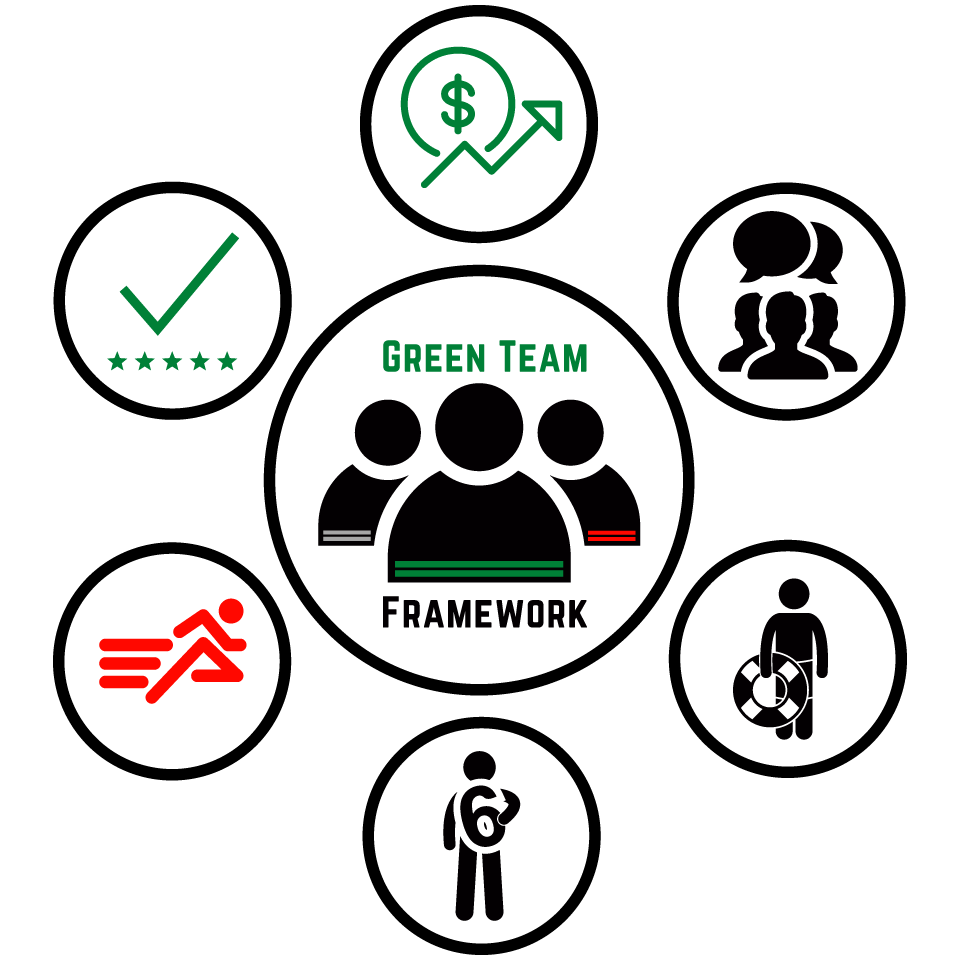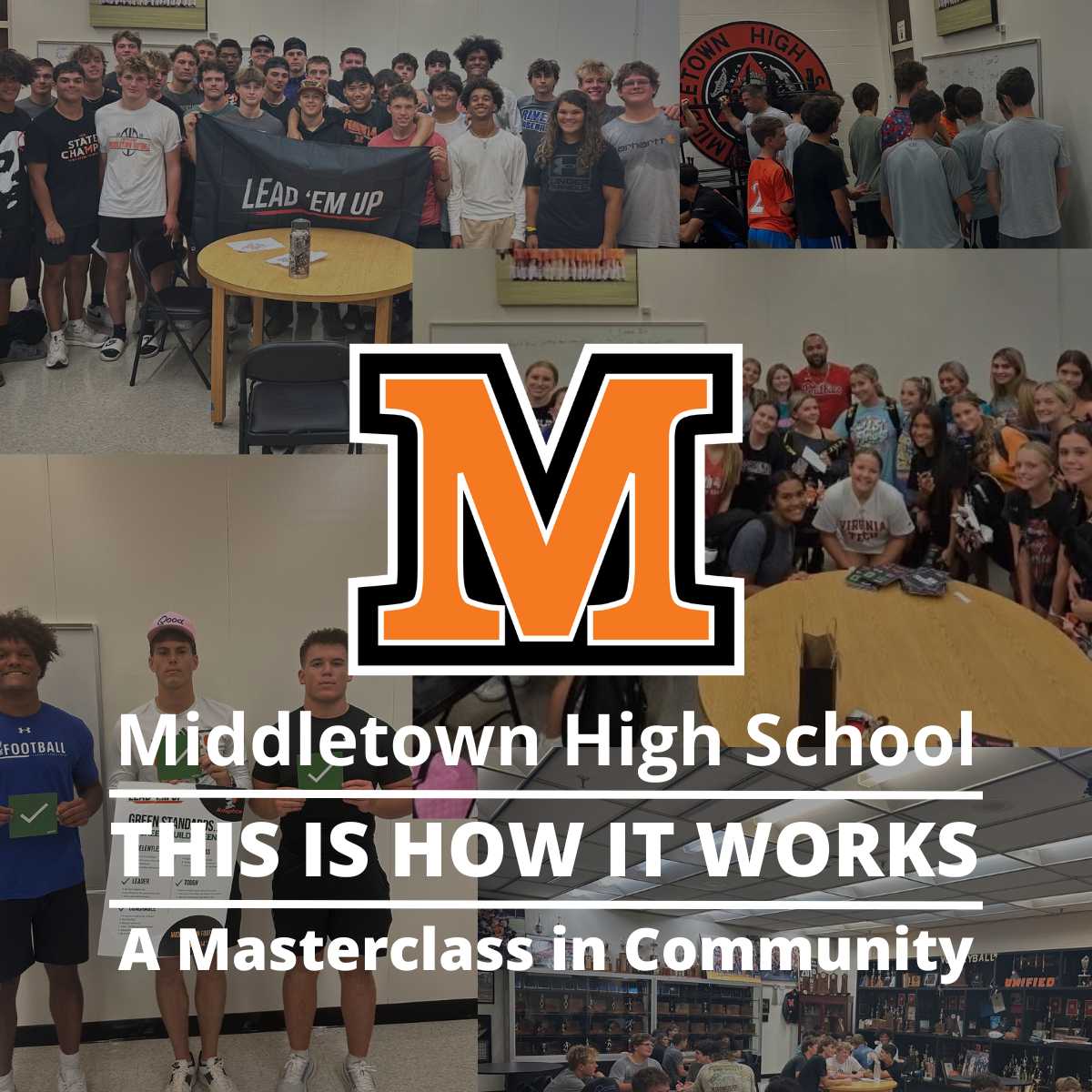Home / Blog / Spotllight /
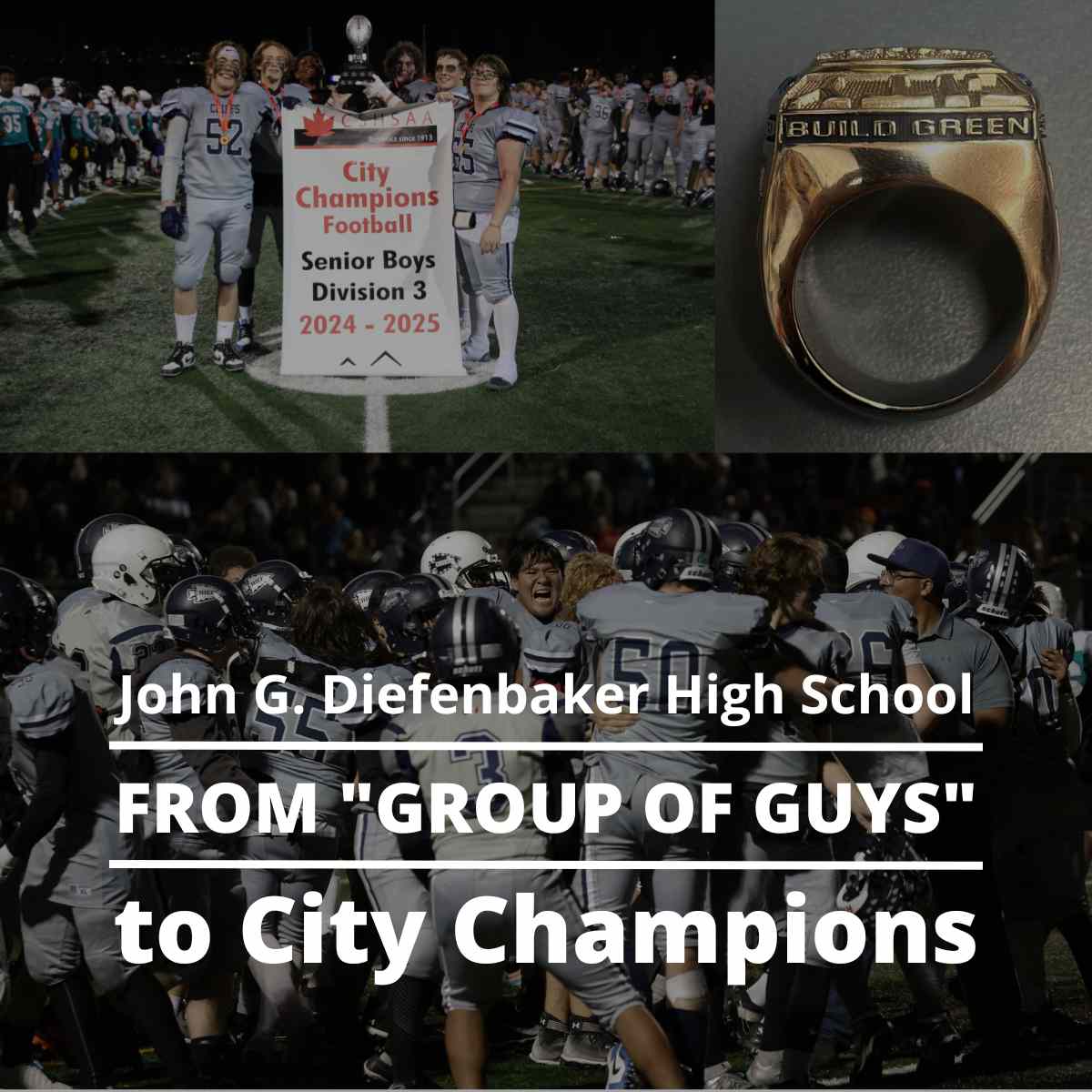
Coach Clayton shares his journey of transforming his high school football team from a disjointed “group of guys” into a championship-winning unit. The key to their success? The implementation of the Green Team framework, a leadership and team culture program that provided the structure and mindset his team needed to thrive.
The Challenge: Passion Without Experience
Clayton’s team at John G. Diefenbaker High School faced a unique hurdle. While many students were eager to play football, most lacked prior experience. “We have, you know, maybe four to five guys who’ve played before when they come in at grade 10,” Clayton explains. This meant building a team from the ground up, instilling not just football skills but also a cohesive team identity. Having personally played at the university level and coached for years, Clayton recognized the need for a stronger team culture after a city championship loss the previous year.
Discovering the Green Team Framework
Clayton and three other coaches attended a Glazier clinic in Los Angeles, where Adam Bradley’s leadership seminar stood out. “His was the only sort of leadership seminar that I saw,” Clayton recalls. What resonated with him was the focus on building culture and developing leaders within the team, even among inexperienced or younger players. This was a stark contrast to their previous approach, where only a few experienced players were looked to for leadership.
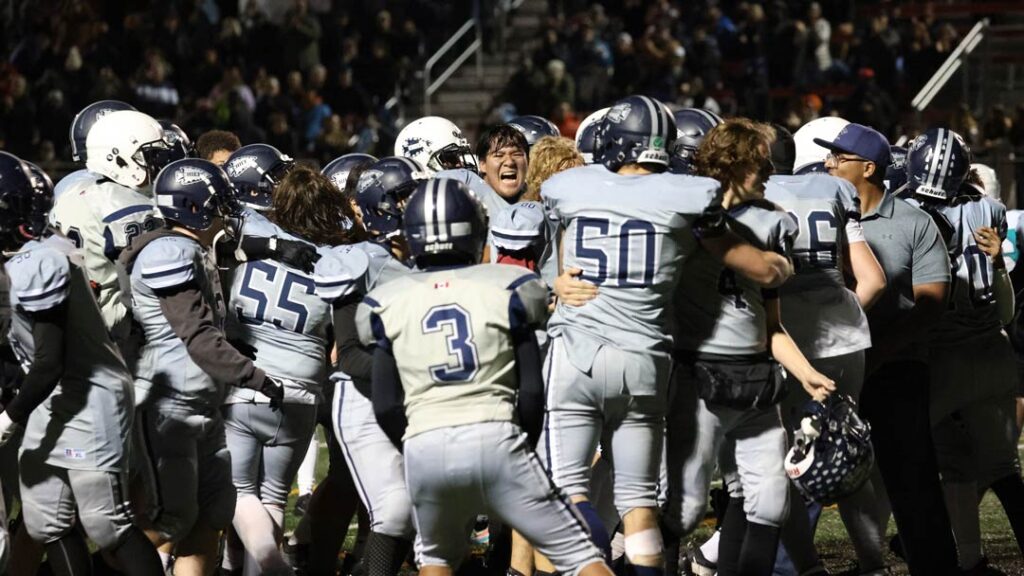
Rolling It Out: Buy-In from the Top Down
Implementing a new framework can be daunting, but the Diefenbaker team had an advantage. Their assistant head coach, also the athletic director, was a strong proponent of leadership development. The enthusiasm of the senior players, especially the Grade 12s, proved crucial. “The grade 12s were excited about it, which helped everybody else get excited about it,” Clayton notes. Pre-season work and clear communication about the program’s foundation meant that by their first team meeting in August, the excitement was palpable.
This year, coaches will have an even easier time with the new Watch 2 Win videos that can be played with teams, prompting them to pause and engage in Green Team standards activities. This addresses the challenge of learning the material beforehand and provides an external voice to reinforce the lessons.
Immediate Impact on Language and Accountability
The change was swift and noticeable. Players quickly adopted the “green, gray, red” language of the framework, signaling their commitment and effort. A significant improvement was in attendance and communication. Clayton’s “ABCs” standard, “Always show up, Be on time, and Communicate if you can’t”, became a reality. “Kids would just think of it as a club,” he says of the past. But with the Green Team, players started to communicate proactively about absences, alleviating a major stress point for coaches.
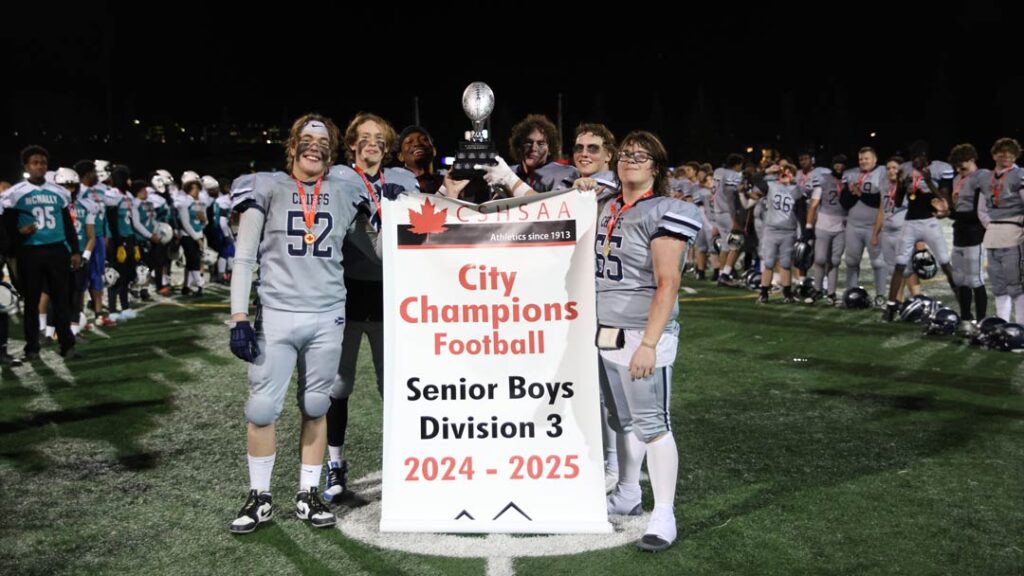
A Season-Long Transformation
The team’s Green Team score jumped from 62 to 92 in just one season. This incredible leap reflects the consistent effort they put into the program. Implemented during spring football in June, messaging continued throughout the summer using Hudl for communication and Google Forms for responses. This sustained engagement, even during the off-season when direct contact is limited, was vital for maintaining momentum.
Clayton emphasizes the importance of continuing leadership development year-round, especially in the off-season. While structured team activities are restricted, leadership exercises can still be done. He aims to make the Green Team framework a fundamental part of the team’s identity for incoming players, believing it will become even more ingrained as younger grades move up.
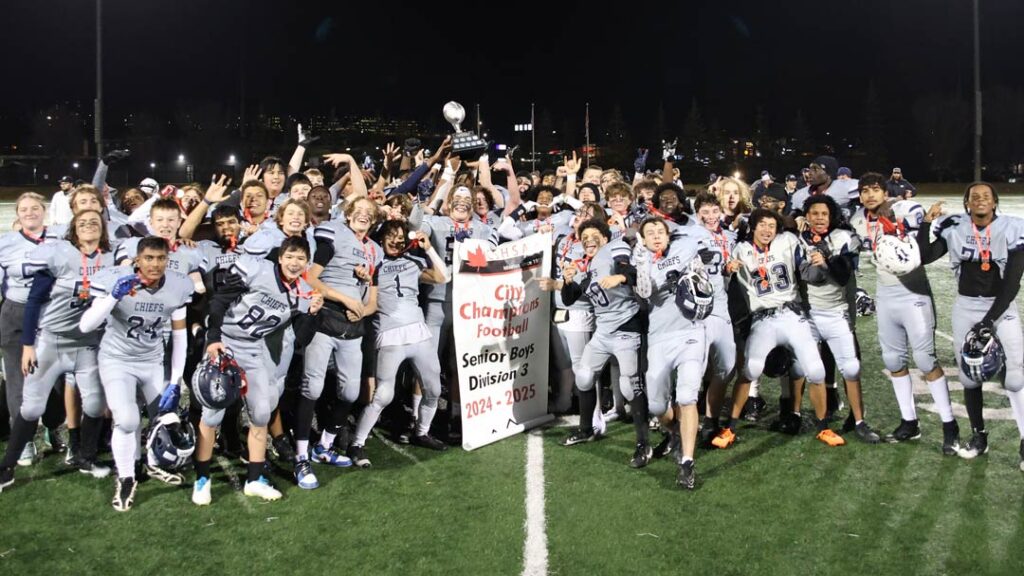
Prioritizing Culture in Practices
The Green Team framework also influenced Clayton’s weekly schedule. Post-game sessions shifted from purely physical drills to incorporating Green Team activities. Even after Friday games, time was carved out on Mondays for dedicated Green Team work. While some community coaches were initially hesitant about dedicating practice time to off-field development, Clayton’s commitment to the program and the team’s success brought them around. He firmly believes in the two-hour practice sweet spot for maintaining focus, and integrating the framework within that timeframe proved effective.
The Championship Moment: A Player’s Transformation
The ultimate testament to the Green Team’s impact came during their championship season. Clayton highlights his running back, a talented athlete who previously struggled with consistent practice attendance due to family responsibilities. This year, fueled by a desire to reach the “next level,” the player embraced the Green Team standards. He began scheduling his work shifts and home responsibilities around practice, becoming fully bought in. This commitment helped him become the top player in their league, directly contributing to their championship win. Clayton observed a shift in his mindset mid-season, as he embraced the standards and pushed himself even when he could have been “sitting on the couch”.
To commemorate the season, the team designed a championship ring featuring nine blue stones representing each of their victories and one green stone to symbolize the impact of the Green Team and its standards on their success. On the side of the ring, a single phrase was engraved: “Build Green”, a permanent reminder of the mindset that brought them together and made the difference.
The Diefenbaker football team’s journey underscores the profound impact a dedicated leadership and culture program can have, transforming a team from a collection of individuals into a unified, successful, and accountable unit.
Have fun and #LeadEmUp



